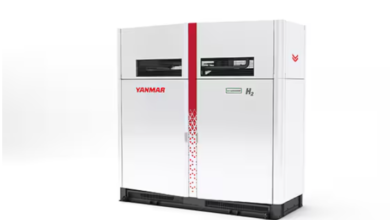Fraunhofer Institute tests Alkaline Electrolysis vs Proton Exchange Membrane

Fraunhofer Institute (a German research organisation with 72 institutes across Germany) has conducted a research study recently using Zirfon separator membranes from Agfa (a Belgian-German multinational corporation that develops manufactures, and distributes analogue and digital imaging products, software, and systems).
The findings showed that the Alkaline Electrolysis (AEL) technology can be as efficient as the Proton Exchange Membrane (PEM) technology and can operate at high current densities. The study also implied that AEL is the most cost-efficient hydrogen production system.
As an electrolysis technology, the study verified that AEL has a higher efficiency than PEM. Still, when comparing the efficiency of low-temperature electrolyser systems using respective technologies, PEM used to offer the advantage of operating at higher current densities. When Zirfon membranes and quality electrodes are used, AEL is close to reaching the same current densities as PEM.
Marc Van Damme, Agfa’s Vice President Electronic Print and Films & Foils, said: “We are very pleased that independent scientific evidence confirms Agfa’s strategic choice for advanced alkaline electrolysis as the hydrogen production technology of the future.”
The study also shows that AEL has the most cost-efficient hydrogen production system given that both the material investment and operating cost for reaching this level of current densities are notably higher for PEM than AEL, especially in the case of large-size installations.
